Photography courtesy of Lowell Washburn, all rights reserved.
The October bird migration is one of the most interesting and exciting aspects of fall. Some migrations are hard to miss — the noisy arrival of wild geese, the large soaring assemblages [kettles] of broad-winged hawks or turkey vultures, the sudden appearance of ducks and coots on local wetlands. Other aspects of the annual migration are much more subtle and may, in fact, go completely unnoticed. The annual passage of wood warblers through Iowa is a prime example.
Wood warblers are among our tiniest forms of birdlife. Surprisingly plentiful, more than 30 species may pass through Iowa by the time the autumn migration is complete. Nervous and energetic, warblers seem to never stop moving. Getting a close look at these secretive birds can be difficult; obtaining a meaningful photograph becomes even more challenging.
Colorful in spring but comparatively drab in fall, warblers are among the most difficult of all birds to identify. As their name would imply, wood warblers are most often found near brushy or wooded habitats. Preferred haunts include hedgerows, willow batts, and dense thickets where the birds voraciously consume tiny, gnat-sized insects. A large percentage of the continent’s warblers nest in the northern forests of boreal Canada. Most spend the winter months in the West Indies or Central America. Nearly all of the warblers’ migration occurs during clear, starlit nights. Most of the daylight hours are spent refueling on insects. If migrating warblers ever take time out for a nap, you couldn’t prove it by me.
Warbler watching can become addictive. The best way to obtain close, in-your-face observations is to locate the birds’ food source. The insect rich environments of hackberry trees or dogwood thickets are currently hard to beat. Abandoned homesteads can also be productive, although they are certainly less ascetic than natural areas. A recent example of this habitat’s birding potential occurred last week when I hid my truck among some old buildings and junk machinery during an early morning waterfowl hunt. When my hunt was finished, the day became even more memorable when, upon returning to my vehicle, I discovered that the abandoned site was literally swarming with newly arrived yellow-rumped Myrtle’s warblers.
Grabbing my camera, I quickly dug in alongside an ancient steel wheeled Deering tractor. Within minutes I found myself surrounded by the energetic little birds. During the next hour, the Myrtle’s kept me highly entertained as they waged war on the local insects. Ever hungry and never satisfied, the hyper active warblers were still busy catching gnats when I finally headed home to begin the less entertaining task of plucking geese.

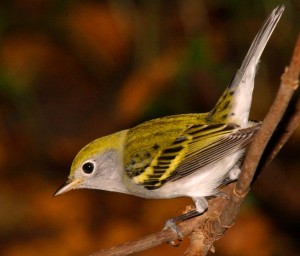
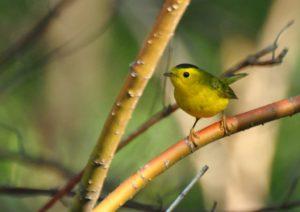
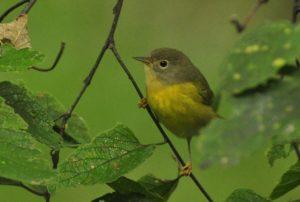
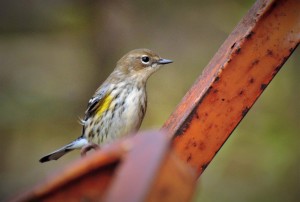
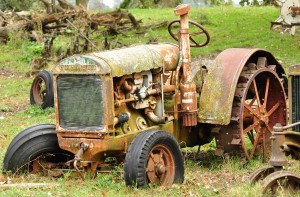
 Tom Cope
Tom Cope Sue Wilkinson
Sue Wilkinson Susan Judkins Josten
Susan Judkins Josten Rudi Roeslein
Rudi Roeslein Elyssa McFarland
Elyssa McFarland Mark Langgin
Mark Langgin Adam Janke
Adam Janke Joe Henry
Joe Henry Kristin Ashenbrenner
Kristin Ashenbrenner Joe Wilkinson
Joe Wilkinson Dr. Tammy Mildenstein
Dr. Tammy Mildenstein Sean McMahon
Sean McMahon